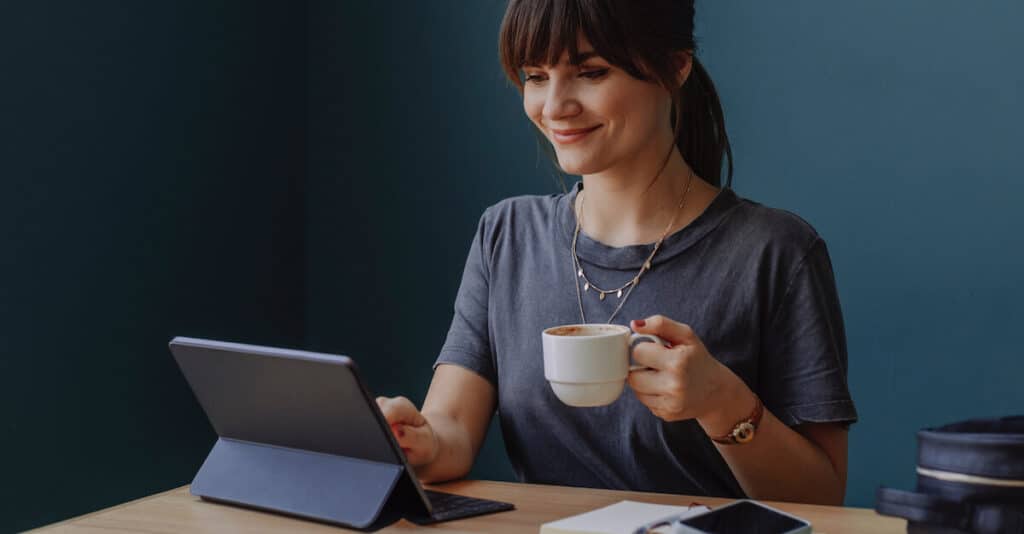This January, hundreds of benefits professionals gathered for Engage 2022: a virtual event to re-energize and reinvigorate our benefits strategies for the year ahead.
Led by industry experts and HR leaders, Engage was an opportunity to connect with peers, gain support in an especially challenging time, and breathe in fresh insights to better support employees in 2022.
And while this year’s event may be over, the learning doesn’t stop there! In this guide, you’ll find all of the best benefits engagement strategies, tactics, and tips we learned during Engage.
You’ll learn…
- How to drive employee benefits engagement from a new perspective—a perspective that finally works
- Innovative engagement tactics real benefits pros have implemented to improve both workforce happiness and the company’s bottom line
- What you need to prepare for the benefits package of the future—accounting for virtual solutions, a focus on mental well-being and the critical nature of equity and inclusion in healthcare
A Fresh Take on Benefits Engagement: How to Finally Get it Right
Meet the Speakers
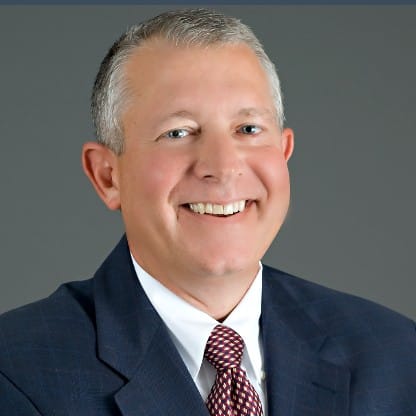
John Hosea
VP of HR, Benefits & Operations, Health Care Services Corporation
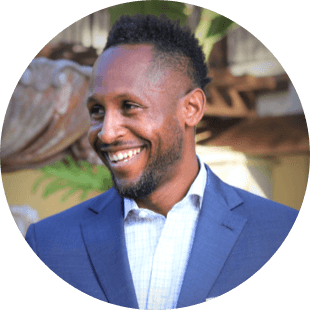
Ed Ligonde
EVP, Nielsen Benefits Group, 2021 Benefits Pro Broker of the Year

Sarah Erzinger
Director of Benefits, Global Total Rewards, Mcdonald’s

Amanda Lannert
CEO, Jellyvision
The numbers don’t lie: employees aren’t engaged with their benefits. Three in five employees don’t understand how to use their benefits, and they don’t trust their employer with their health information. As a result, companies estimate that more than half (53%) of their healthcare spending goes to waste.
The simple truth is that benefits are an afterthought for most employees — that is, until they need to use them. So, how can HR start improving employee engagement with benefits options?
That’s exactly the challenge our CEO, Amanda Lannert, posed to a panel of HR and benefits leaders during our first session at Engage. Here’s what we learned.
When it comes to benefits, we need to get back to basics
If our experts made one thing clear, it’s that we need to start with the basics when it comes to benefits engagement. Employees really don’t know what’s available to them, much less how to use their benefits or maximize their investment.
Ed observed that with everyone working remotely, there are fewer channels for information communication and collaboration. Try as we might to mimic the office virtually, the best, most meaningful, and personal form of communication is in-person.

Sarah noted that triaging every employee request has been difficult. Since the pandemic began, employees have been more open about their need for benefits knowledge.

Why is it so hard to get employees to pay attention to benefits?
What’s holding employees back from thinking about their benefits? Simply put, they’re bombarded with too many messages from too many places, and our benefits communications are getting lost in the shuffle. John Hosea says that’s why we need to communicate more often—and more clearly:

It’s also important to engage employees at what John called “the moment of truth,” when an employee needs to know what benefits are available. Organizations must be prepared to make the right information available at that precise moment.
Check out the full session recap for even more benefits engagement insights.
What’s next for employee benefits?
Many employers are focused on elevating the employee experience, and McDonald’s is no exception. Sarah believes that poor employee engagement stems from a lack of investment in the employee experience.

John is similarly hyperfocused on the employee value proposition to maximize engagement.

Watch full session:
How to Keep Your HR Team Engaged When They’re More Stressed Than Ever
Meet the Speaker
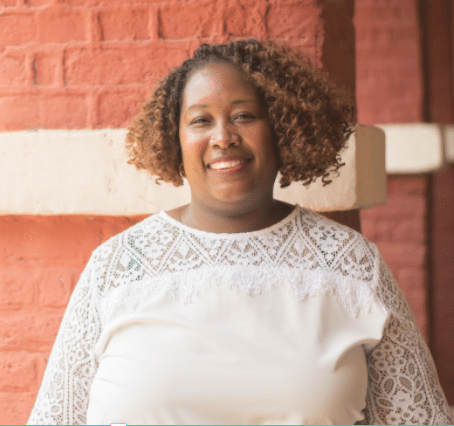
Julie Turney
Founder, HR@Heart Consulting
As a person responsible for HR or benefits, you’re on the front lines, helping to take care of employees every day. And during the COVID-19 pandemic, your job has become more volatile, uncertain, complex, and ambiguous.
In part, that’s because 98% of organizations have expanded their benefits packages to help employees cope with the pandemic. Almost a third (32%) have increased their investment in mental health benefits. You’re handling the Great Resignation and now the Great Onboarding. Maybe you’re figuring out how to manage a safe return to the office or how to navigate hybrid work indefinitely.
Is it any wonder that you’re stressed out?
Who takes care of you? Who gives you the space to have a voice of your own? Who asks how you’ve been doing? Who worries about how you’ve been struggling through these chaotic times?
To address the stress that we all feel, Julie Turney offered five ways that HR and benefits professionals can improve motivation and engagement during an especially stressful time.
1. Take collective mental health days
Julie observed:

One way she suggested that we take a break is by taking time for ourselves. Mental health days, she said, can help you reflect on yourself, unwind, destress, and help yourself heal. The best way to address mental health, she suggested, is collectively. When everyone takes a day off work, you won’t get emails or Slack messages in the wee hours and feel compelled to respond. In these moments, Julie suggested that colleagues should find ways to support each other, such as by going out for dinner or drinks or taking a yoga class. Whatever you choose, she said, “It’s important to find different ways we can take care of ourselves.”
2. Focus on employee recognition
Benefits pros tend to be good at recognizing and supporting the people they serve, but their own work often goes unrecognized. That’s a miss, according to Julie, because employees who are recognized are more likely to repeat positive actions and stay in their job.

Julie recommended different ways that organizations can recognize their employees:
- Financial incentives (e.g., end-of-year bonuses, hiring commissions, etc.)
- Peer recognition (e.g., shoutouts during weekly calls or on social media, award nominations, etc.)
- Extra PTO
- Lunch or coffee for a job well done
- Professional development opportunities
Check out the full session recap to learn the rest of Julie’s de-stressing tips.
2. Be transparent about career pathing
Many HR professionals feel stuck, according to Julie.

She suggested that organizations need to be transparent about promotion and compensation opportunities for their HR teams. Setting measurable goals and timelines can improve employee retention. Julie asked, “If there isn’t room for upward movement, is there room for lateral movement? How can you help your team members find more meaning in their work and deepen their careers?”
Watch full session:
Triple Threat: How Three Leaders Create Benefits-Engaged Workforces
Meet the Speakers
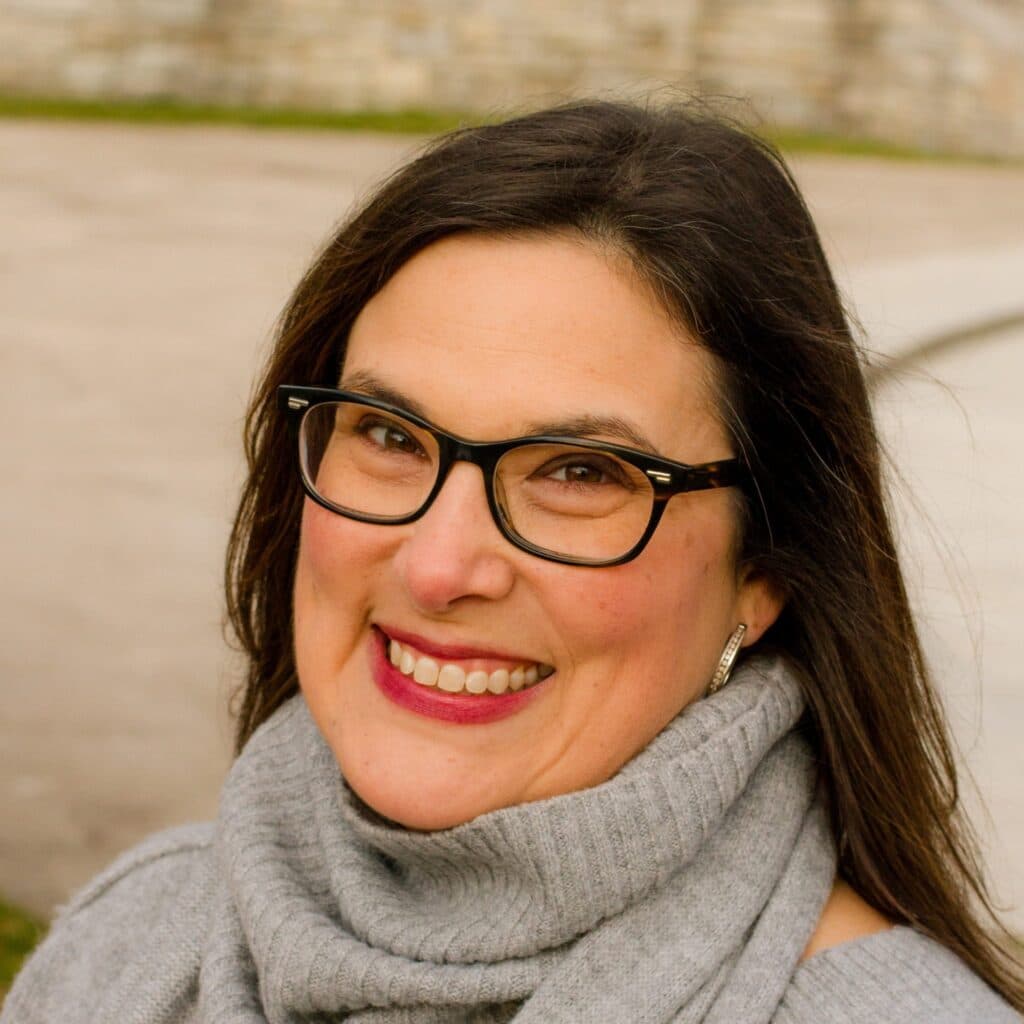
Jen Bergman
Global Benefits & Well-Being Program Manager, Zendesk

Kristi Morrissey
Senior Manager, Benefits & Wellness, Niagara Bottling
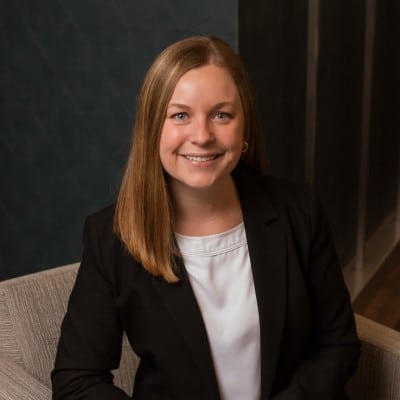
Lauren Trost
National Employee Health & Benefits Program Manager, Marsh Mclennan Agency
If you’re putting together your benefits communication strategy for the year, you might have an idea of what you’d like to share with employees—but sometimes figuring out the how and when can be a challenge.
And when we’re stumped, we like to turn to the experts and take a page out of their book. (After all, imitation is the sincerest form of flattery, right?) That’s why we’re sharing some of the most creative ways to communicate employee benefits that we heard from HR leaders during Engage.
There’s not one magical formula that works for every brokerage, but there are a few tactics that appear again and again in our most successful customers’ campaigns—the ones that have really nailed benefits engagement. Let’s jump in.
1. Customize your messaging depending on your audience
As organizations large and small have increased their focus on DEI initiatives in the past two years, benefits pros are looking for ways to make sure their benefits messages reach and appeal to a broad range of employees.
One important component of that effort? Reaching every generation within your workforce. According to MetLife, 70% of organizations say leading multigenerational workforces is important to their success over the next 18 months, but only 10% say they’re ready to address this trend.
Lauren Trost of Marsh McLennan Agency highlighted how choosing the right communication channels is crucial to making sure your benefits messages are heard and understood by each generation:

And while you’re thinking about how to communicate with each generation, think about the what as well. Trost argues that not all benefits are created equally: Baby Boomers are more likely to be curious about their retirement benefits, while Millennials want to hear more about student loan reimbursement and parental leave. Think about which benefits you’re focused on most with each audience.
Each generation has their own benefits interests
Gen Z
Student loan repayment
Ways to get involved in DE&I efforts
Recognition programs
Mental health care
Millennial
Student loan repayment
Pet insurance
Volunteer opportunities
Flexible working schedules
Gen X
Retirement match
Work/life balance
Childcare benefits
Baby Boomers
Competitive salary
Rich medical plan
Life & transition coaches
Retirement planning support
2. Leverage employee resource groups
Like many of us, the HR team at Zendesk was focused on driving higher engagement with mental health and wellness initiatives during the pandemic. And while they used all of the typical communication tactics in their toolbelt to get the word out about new and existing resources, they also tapped into one surprising marketing channel: their employee resource groups.
Benefits Manager Jen Bergman told us about Zendesk’s Whole Self employee community, a group focused on advancing mental health awareness and wellness within the organization.

This is one of our favorite communication ideas for large companies especially, because it relies on smaller networks of people in the office that can help you disperse your message to lots of employees, rather than relying on one point person in HR. Arm your employee “influencers” with all of the information they need to help you spread the word about your benefits offerings.
Check out the full session recap for even more benefits engagement insights.
3. Make benefits accessible to the whole family
Your employees aren’t making benefits decisions in a vacuum. Many have spouses, children, and elderly family members to consider. So making educational materials available to the whole family is crucial when employees are deciding which healthcare plans and other benefits to choose.
That’s something Kristi Morrissey and her team at Niagara Bottling kept in mind during last year’s open enrollment:

How did Kristi and her team make it happen? Niagara Bottling mails newsletters to their employees’ homes, and they host live benefits meetings in their offices that are open to family members. Plus, they record open enrollment presentations so that spouses can access the information they need on their own time.
Watch full session:
Communicating Care Through a Mindful Employee Experience
Meet the Speaker

Heather Dalmasso
Director of Consultants & Alliances, Calm
To say that the pandemic affected the mental health of employees is a massive understatement. And employers are well aware of the problem, which is why more companies are starting to offer mental health benefits.
But there’s an issue.
Despite the fact that 32% of employers increased their investment in mental health programs, employees still don’t think companies are doing enough. Where is the disconnect?
According to Heather Dalmasso, Director of Consultants and Alliances at Calm, organizations have to go a step beyond just offering benefits and actually embed well-being into the employee experience.
Why communicating care is crucial to employee well-being
According to Heather, the disconnect between employees’ mental health issues and your attempts to help is largely due to a lack of perceived organizational support (POS).
This concept refers to employees’ perceptions about whether their organization values their contributions and cares about their well-being. And despite its questionable acronym, POS plays a critical role in reducing stress, burnout, and turnover.
To increase POS, you have to understand that employees tend to assign human-like characteristics to organizations. For instance, we describe companies as being “supportive” or “authentic” if we feel positively about them. Or if we feel negatively about organizations, we say they’re “unethical” or “lack empathy.”
And every individual moment of an employee’s experience—from recruitment to exit—shapes their perception of what ‘type’ of organization they work for.

To show everyone at your organization that you’re deeply invested in their well-being, you have to find ways to communicate care. One way to accomplish this is by taking a more mindful approach to the employee experience.
The 4 Ms of a mindful employee experience
Before we go any further, let’s get crystal clear on what mindfulness means. Mindfulness is setting an intention to pay attention in the present moment with kindness, openness, and non-judgment. To help you create a more mindful employee experience, Heather shared the 4 M framework they use at Calm.
Motivation: The Why
Part of designing a mindful employee experience is pinpointing why you’re doing something. Are you offering mental health benefits because it’s what your competitors are doing? Or is it because you genuinely care about the well-being of your workforce?
Since positive intent is key to increasing POS, Heather encourages companies to make caring for employees their primary motivation. And guess what? What’s good for employees is good for business, so you’ll see a positive ripple effect when it comes to your bottom line.
Moments: The When
There are key moments throughout every employee lifecycle. And every employee’s experience around these moments will shape how they perceive their organization.
For instance, during the onboarding process, someone’s first interaction with their manager can determine how they feel about the company. Similarly, during the offboarding process, the exit interview can affect whether an employee leaves their job feeling negatively or positively about the organization. That’s why it’s critical to infuse these moments with genuine care.
Check out the full session recap to find out what the fourth “M” of a mindful experience is.
Management: The Who
While everyone—from the newest hire to the CEO—plays a critical role in communicating care, you could argue that managers are the window through which employees view your organization. There’s a reason why managers account for at least 70% of the variance in employee engagement.
Knowing this, give your managers the tools, resources, and knowledge they need to show up for your employees—whether that’s offering training programs to help them cultivate empathy or offering meditation apps that allow them to be more mindful during their one-on-one interactions.
Watch full session:
The Intersection of Benefits and DEI
Meet the Speaker
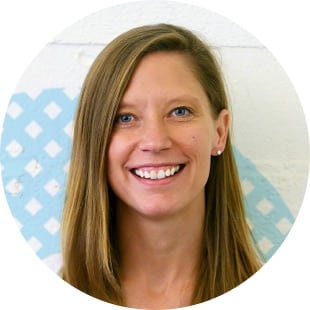
Natalie Johnson
Watch full session:
Co-Founder & Managing Director, Paradigm
DEI has been at the forefront of recent conversations for a variety of reasons. The pandemic forced employees to slow down and reflect on what they really want from their jobs. A rise in anti-Black and anti-Asian sentiment put a spotlight on the deeply-rooted racism of our systems, institutions, and policies.
The outcome of these events is that more workers are turning to their companies to take action. In fact, 72% of employees want their employer to invest in creating a more diverse and inclusive workplace.
While many organizations are rising to the challenge, they still have questions. A big one for HR folks is: how do I make my benefits as diverse, equitable, and inclusive as possible?
That’s one of the questions we tackled during Engage. Natalie Johnson, co-founder and Managing Director of Paradigm, led a conversation about how to put a DEI lens on your benefits program.
Putting a DEI lens on the most common employee benefits
In today’s world of work, DEI is a must-have for most organizations. “Just as much as employees expect their employers to offer healthcare and PTO, they expect them to invest in DEI,” said Johnson.
But your benefits offerings and DEI initiatives don’t have to be separate entities—they can amplify each other. This is exactly what Natalie and her team at Paradigm help their clients do. Using their DEI strategy platform, Blueprint, they conduct organizational audits to understand their clients’ benefits offerings, including how they’re deployed and utilized.
Understanding what benefits are available helps Natalie and her team identify potential gaps and areas of opportunity where employers can improve their offerings to appeal to a more diverse workforce.
Healthcare and mental health
Most organizations offer access to health plans, and many more are starting to provide mental health benefits. However, this doesn’t necessarily mean these offerings are inclusive. If your insurance plan doesn’t cover LGBTQIA+ friendly providers, for instance, then you may be limiting options for many employees. Here are some questions Natalie recommends asking yourself when assessing your healthcare offerings:
- Are your benefits inclusive of non-binary and/or trans employees (e.g. gender transition)?
- Do you remind employees about benefits and flexibility policies at a regular cadence to encourage use?
- Do you provide timely reminders to employees about benefits and policies available during critical times (e.g. reminding employees about mental health benefits during a crisis)?
Parental leave and caretaking
Being inclusive with parental leave and caretaking policies starts with language. Instead of using terms like “maternity leave” and “paternity leave,” turn to more gender-neutral, non-cis conforming language like “primary caregiver” and “secondary caregiver.” Ask yourself these questions as well:
- Does your organization have benefits that are inclusive of same-sex and non-biological parents (e.g. adoption benefits)?
- Does your organization have benefits that support current and future caregivers beyond what is legally required (e.g. childcare or childcare subsidies, expanded parental leave, eldercare leave, fertility support)?
- Does your organization provide managers with guidelines on how to provide access to flexible work arrangements for all employees who need them?
Check out the full session recap to learn how to implement your DEI-focused benefits strategy.
Working norms and physical spaces
Go beyond the “standard” benefits and think about other aspects of the employee experience, such as the design of your office and your work policies. Even a few thoughtful touches can make a huge difference to your underrepresented employees. Natalie shared questions to help you assess your working norms and physical spaces:
- Does your organization document working norms (e.g. hours, response times, availability expectations, communications)?
- Does your organization invest in tools to support remote inclusion and productivity (e.g. training, online collaboration tools)?
- Does your organization provide official guidance and/or policies on remote work?
- Does your organization provide gender-neutral/affirming restrooms?
- Does your organization accommodate lactating employees with either facilities or flexibility?
